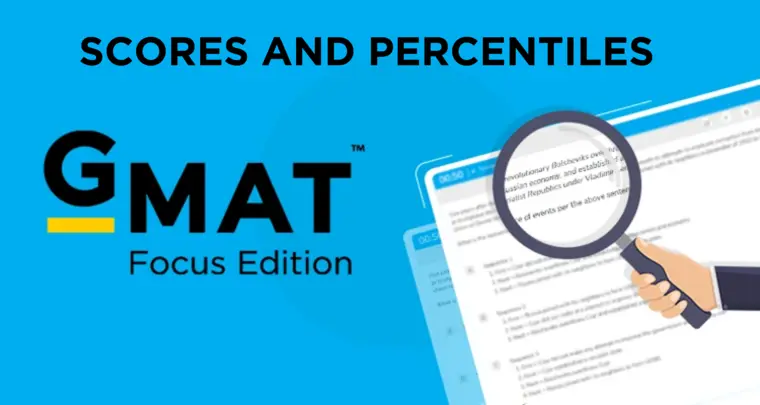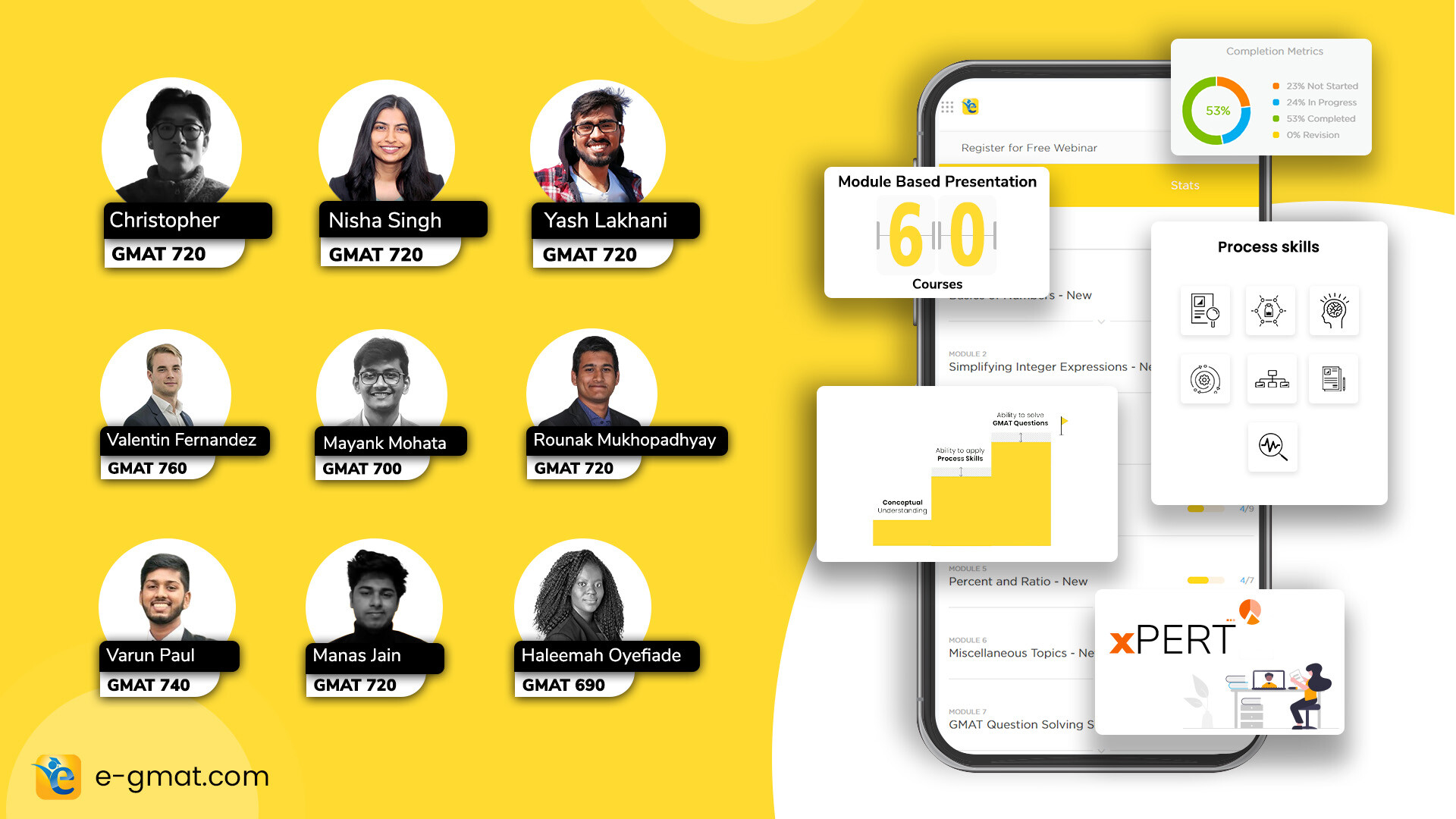In this article, we’ll look at the solution to a 700-level GMAT Official guide critical reasoning question. We have analyzed the 5 answer choices and arrived at the correct choice through 4 steps:
- Understanding the Argument
- Vizualization of Argument
- Prethinking
- Answer Choice Analysis
General Information on the GMAT Official guide CR question
- Difficulty Level: Hard
- Accuracy: 47% (GC)
- Most Common Incorrect option choice: 31% C (GC)
- Question Type: Assumption
- Source: GMAT Official Guide, Verbal Review 2021, Verbal Review 2022
Question: To reduce traffic congestion, City X’s transportation bureau…
To reduce traffic congestion, City X’s transportation bureau plans to encourage people who work downtown to sign a form pledging to carpool or use public transportation for the next year. Everyone who signs the form will get a coupon for a free meal at any downtown restaurant.
For the transportation bureau’s plan to succeed in reducing traffic congestion, which of the following must be true?
[Refer to the GMAT Official Guide for options]
Video solution – To reduce traffic congestion, City X’s transportation bureau…
Text Solution: To reduce traffic congestion, City X’s transportation bureau…
This is a very interesting OG assumption question with some very important learnings. Let us first understand the argument.
Understanding the argument
- To reduce traffic congestion,
With the objective of reducing traffic congestion,
- City X’s transportation bureau plans to encourage people who work downtown to sign a form pledging to carpool or use public transportation for the next year.
The transportation bureau of City X has made a plan – to encourage people who work in the downtown area of the city to sign a form. By signing this form, a person will be pledging to either carpool (i.e., share a car with other people) or use public transportation (for example – buses, local trains) for the next year.
- Everyone who signs the form will get a coupon for a free meal at any downtown restaurant.
Each person who signs the form i.e., everyone who takes the pledge, will get a coupon for a free meal at any restaurant in the downtown area.
- For the transportation bureau’s plan to succeed in reducing traffic congestion, which of the following must be true?
The question stem contains the conclusion.
Conclusion: The plan will succeed in reducing traffic congestion (in other words, the plan will achieve its goal).
We need to find out what must be true for the plan to succeed. In other words, we need to find out what must be true for the conclusion to hold true. So, we are looking for an assumption here.
Visualizing the Argument
Conclusion: Transportation bureau’s plan will succeed in reducing traffic congestion (in other words, the plan will achieve its goal).
Let us visualize. But what is the goal here? It is simply – to reduce traffic congestion in City X (for example, reduce it from a 100 to a 90). Notice that to achieve this objective, we do not necessarily need a big reduction in traffic congestion (example – say, 70% reduction). Even if the reduction in traffic congestion is tiny (example – say 1% reduction, i.e., 100 to 99), the plan would succeed because the objective is simply to reduce traffic congestion.
Logic: On what basis is this conclusion being made?
The conclusion is being made on the basis of the plan i.e., the plan to get people working downtown to sign a pledge to carpool/use public transport for the next year. The free meal coupon is merely an incentive tool (bait!) to entice people to take the pledge.
Prethinking
Falsification Question: When will the plan not succeed in reducing traffic congestion? i.e., when will the plan not reduce traffic congestion even slightly?
Falsification Condition 1: What if none of the people working downtown (at whom this plan is aimed) contribute even slightly to the traffic congestion issue?
For example, what if all the people working downtown walk to their workplace and thus do not contribute to the traffic congestion (by using their own vehicles) issue even slightly.
In such a case, the plan is not going to work. The people whom the plan hopes to convince to carpool/use public transport are not in any way contributing to the traffic congestion problem, even slightly.
So, the underlying assumption here is:
Assumption 1: At least some people working downtown contribute at least slightly to the traffic congestion problem in City X.
Falsification Condition 2: What if not even a single person who signs the form (takes the pledge) follows it even once?
Think about it – Let us say 100 people took the pledge only for the free meal (for example), and all these 100 people refused to actually abide by the pledge even in one instance, i.e., all these people did not carpool/use public transport even once, and instead used their own vehicles throughout the next year. Here again, the conclusion shatters. The plan will not succeed.
So, the underlying assumption here is:
Assumption 2: At least some of the people who took the pledge will carpool/use public transportation at least some times in the next year.
Option Choice Analysis
Choice A: Everyone who signs the pledge form will fully abide by the pledge for the next year.
Incorrect: This is a strengthener but not an assumption. It is not Must Be True (MBT). Does everyone who signs the pledge have to abide by the pledge 100% of the time for the plan to succeed?
No. Remember – for the plan to succeed, there only has to be a reduction in traffic congestion – it need not be a big reduction.
What this means is that it is not strictly necessary that 100% of the people who sign the pledge follow the pledge 100% of the time.
Let us negate option A – Even if only 30% of the people who sign the pledge abide by the pledge, and that too, only 40% of the time in the next year, this action would contribute to a reduction in traffic congestion. Hence, the conclusion holds true even when we negate option A. Option A is not a Must Be True statement. Hence, it is incorrect.
Choice B: At least some people who work downtown prefer the restaurants downtown to those elsewhere.
Incorrect: Preference of restaurants is completely irrelevant. For example, even if none of the people who work downtown prefer the downtown restaurants (negated option B), some of them may still sign the form and honor the pledge because they care about reducing traffic congestion genuinely. So, the conclusion can hold true even if option B is negated.
Also, irrespective of preference, people may use the coupon and avail the free meal (even if I do not prefer the restaurant, I may choose to eat there as the meal is free). Preference does not necessarily translate to action.
Choice C: Most downtown traffic congestion in City X results from people who work downtown.
Incorrect: This is the most popular incorrect choice. Let us understand why this option is wrong.
For the plan to succeed, as we have seen in prethinking, at least some of the traffic congestion of city X has to be caused by people working downtown. But it is not necessary that this traffic congestion has to be caused in the downtown area specifically.
It is even possible that 100% of the traffic congestion caused by people working downtown is caused in non-downtown areas: for example, a situation where all the traffic congestion caused by these people happens on the way to work/on the way back from work, in non-downtown areas.
In such a case, 0% of downtown traffic congestion in City X is being caused by people who work downtown. Even in such a case, the plan can still succeed – these people can reduce traffic congestion in City X by going for public transportation instead of their own vehicles.
So, in reality, it is not necessary for even a tiny amount of downtown traffic congestion in City X to be from people who work downtown. In such a situation, MOST is definitely not needed for the conclusion to hold true. Hence, this option is also not Must Be True (MBT).
Choice D: The most effective way to reduce traffic congestion downtown would be to persuade more people who work there to carpool or use public transportation.
Incorrect: Option D suggests that the plan given in the argument is the most effective way to reduce traffic congestion downtown.
Firstly, we are concerned with reducing traffic congestion in City X overall, not specifically downtown traffic congestion. As we have seen in the explanation of option C above, it is not necessary that downtown traffic congestion be reduced for the plan to succeed. Even if non-downtown area traffic congestion caused by people working downtown gets reduced thanks to the plan, the plan will be a success. So, this being the most effective way to reduce downtown area traffic congestion is not really needed for the conclusion to hold true.
Also, this plan need not be the most effective plan. Even if the plan is the least effective of all possible plans, as long as it reduces traffic congestion even slightly, it is a success; the conclusion will hold true. Hence, option D is also not the correct answer.
Choice E: At least some people who receive the coupon for a free meal will sometimes carpool or use public transportation during the next year.
Correct: This is the correct answer. This is in line with our prethought assumption 2.
This means that at least some (minimum one person) who receive the coupon i.e., take the pledge, will sometimes i.e., at least one-time carpool/use public transport during the next year. If this is so, it will definitely lead to a reduction in traffic congestion (however tiny).
Let us negate and check.
Negated Option E: Nobody who received the coupon (i.e., took the pledge) carpools/uses public transport even once in the next year. In such a case, as we have seen in prethinking, the plan breaks down completely. If not a single person who takes the pledge abides by it even once, then we cannot expect any traffic reduction thanks to this plan. Hence, the plan is not a success. The conclusion breaks down.
Core Learnings from this question
- Visualize the conclusion well, and do not forget it while evaluating options. Notice how we visualized that for the conclusion to hold true, the plan only has to reduce traffic congestion – even a tiny amount of reduction works. This helped us eliminate options like A.
- Structured Prethinking can lead to several strong assumptions.
- Option choices need to be analyzed deeply. Notice how we did not just reject C directly on account of “Most.” We first understood the distinction between traffic congestion and downtown area traffic congestion and then figured out that “Most” was not needed. We analyzed with a similar depth in option D as well.
Planning to take the GMAT? We can give you access to quality online content to prepare. We are the most reviewed GMAT prep company on the GMAT club with more than 2200+ reviews and have delivered 10x 700+ scores than the average GMATClub partner. Why don’t you take a free trial and judge it for yourself? Write to us at acethegmat@e-gmat.com in case of any queries.


![[GMAT OG solution] To reduce traffic congestion, City X’s transportation…](https://e-gmat.com/blogs/wp-content/uploads/2021/11/to-reduce-traffic-congestion-city-x-transportation-bureau.png)












